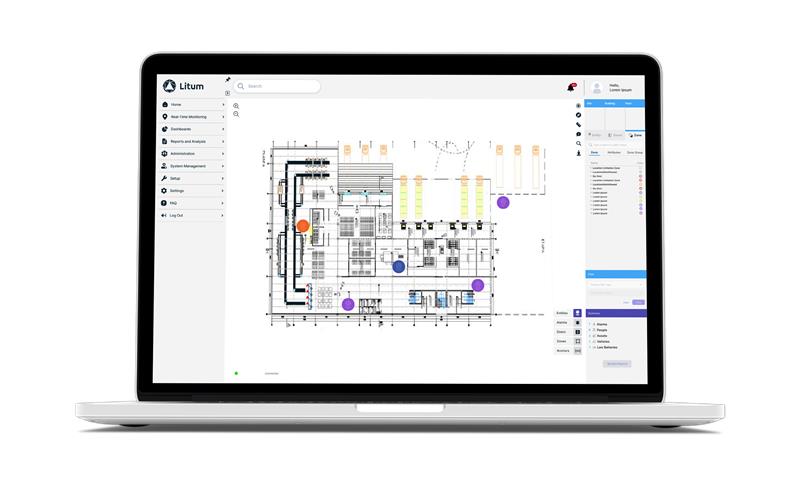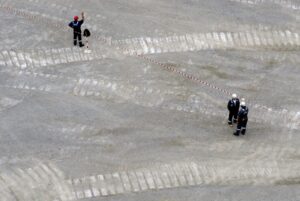Global supply chains have always been complex, but in 2025, they’re under more pressure than ever. Rising tariffs, unpredictable lead times, shifting supplier networks, and increased labor and storage costs are leaving many companies scrambling to adapt.
In this environment, Real-Time Location Systems (RTLS) are proving to be more than a nice-to-have, they’re becoming an essential part of staying competitive, cost-effective, and agile.
What’s Driving the Pressure?
- New Tariffs and Trade Restrictions: With tariffs fluctuating dramatically across key manufacturing hubs, companies are seeing sudden spikes in material costs.
- Supplier Disruption: Diversifying away from affected regions is smart, but adds complexity to sourcing, logistics, and production.
- Inflated Inventory and Operating Costs: Businesses are stockpiling to hedge against uncertainty, tying up working capital and increasing warehousing costs.
- Tighter Margins: Every delay, misallocation, or accident now carries a bigger financial impact.
RTLS: Real-Time Visibility That Drives Real Impact
RTLS helps businesses the ability to track people, assets, equipment, and vehicles in real time, across factories, warehouses, and job sites. That visibility translates into smarter decisions, leaner operations, and measurable savings.
Here’s how:
1. Cut Excess Inventory and Storage Costs
Know exactly where your materials and WIP inventory are at any moment. That precision reduces over-ordering and unnecessary stockpiling, especially important when imported goods carry high tariffs.
2. Make Operations More Predictable
RTLS helps minimize search times, delays, and manual errors. When everything’s visible, forklifts, workers, mobile assets, inventory, you can react faster and prevent disruptions.
3. Increase Throughput Without Adding Headcount
By uncovering bottlenecks and inefficiencies, RTLS helps businesses get more done with the same resources, critical in times of rising labor costs and margin pressure.
4. Enhance Safety to Avoid Costly Downtime
From proximity alerts to real-time fall detection, RTLS helps prevent accidents, protect workers, and comply with safety regulations, reducing legal risk and unplanned stoppages.
Real Results: How Companies Are Saving with RTLS
RTLS isn’t just theory, it’s already helping major industrial players manage uncertainty and costs more effectively.

$1M+ Saved in the First Year
A global EPC provider saved over $1 million in just 12 months by improving safety and automating workforce management across a 1 sq. km construction site with 10,000 workers. Time tracking, payroll, and emergency response were all streamlined through Litum’s RTLS platform. Download the full case study here.
20% Productivity Boost
A nuclear construction site used RTLS to track 5,000 workers via BLE badges. The result: a 20% increase in productivity, 15 hours/week saved on manual admin work, and 25% faster emergency response times, all contributing to reduced risk and improved ROI. Download the full case study here.
$350K in Asset Efficiency Gains
A multinational healthcare logistics facility equipped 1,500 mobile assets with RTLS tags. The outcome? A 90% reduction in search time and a $350,000 annual cost reduction through better asset utilization and fewer operational delays. Download the full case study here.
35–55% Increase in Forklift Efficiency
A Fortune 500 automotive manufacturer used RTLS to monitor and optimize forklift routes. They achieved up to 55% efficiency gains, while reducing idle time and improving load balancing in a 500,000 sq. ft plant. Download the full case study here.
Bottom Line
When trade policies shift and supply chain costs spike, visibility becomes a competitive advantage. RTLS doesn’t solve global instability, but it helps businesses respond faster, waste less, and work smarter.
If you’re navigating rising costs, supply chain bottlenecks, or safety challenges, real-time location technology offers a clear path to measurable impact, no matter how unpredictable the road ahead.




